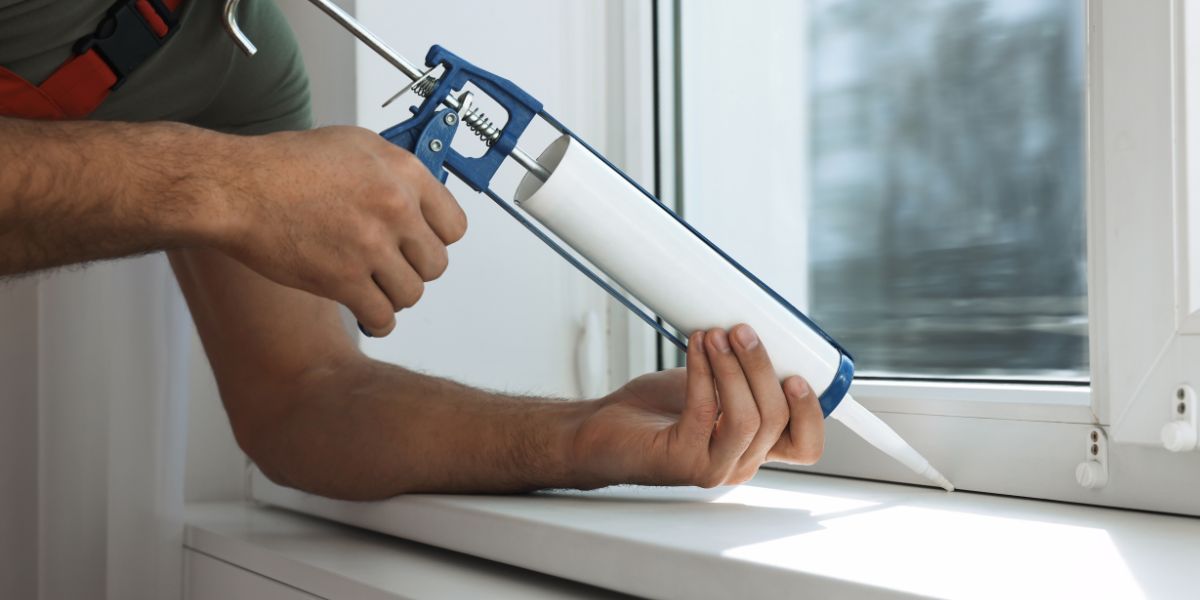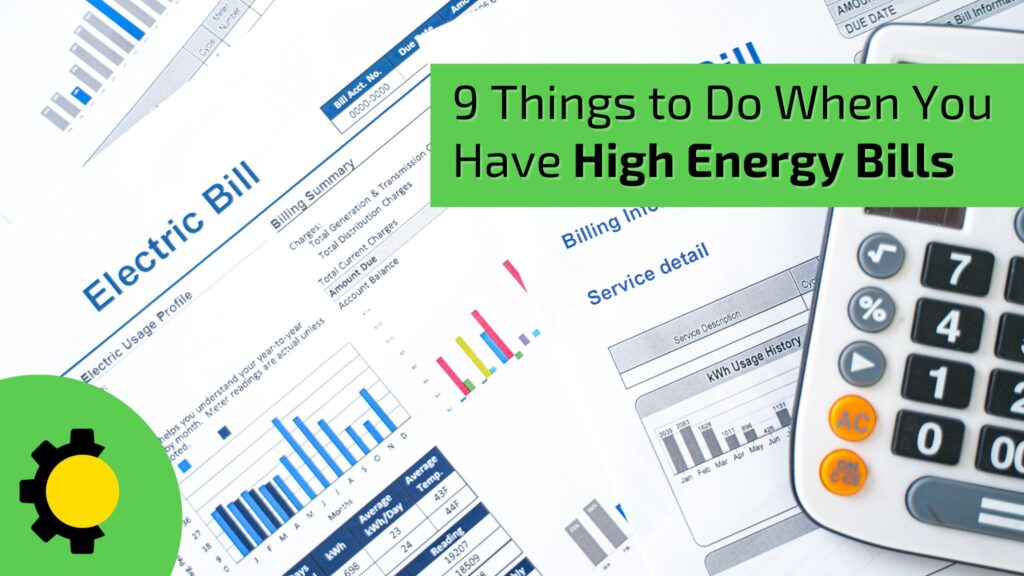For some homeowners, opening your monthly energy bill is a moment that you dread every month.
Why are your electricity bills so high? They have doubled or even tripled in price over the past few years, and this is ruining your finances.
What can you do about your high energy bills?
Sure, having a well insulated home can make a huge difference in your monthly energy bill. But what other things can you do to help reduce the costs?
1. Thermostats that can be programmed are a great option
Upgrading your thermostat to one that can be programmed is a great option. According to the U.S. Department of Energy, you can save up to 10% on your heating and cooling bills by simply adjusting your thermostat from 7 to 10 degrees either way during summer or winter.
The DOE recommends that you set your thermostat at 68 degrees during the winter when you are awake and at home. It is suggested that you lower the temperature even more when you are asleep or away. You should set your thermostat to 78 degrees in the summer when you are home, and raise it when you leave.
It is easier to set the temperature and schedule your thermostat with a programmable device than to try to remember before you leave.
2. Reduce the temperature of your water heater
Water heaters are another area that costs you money in your energy bills. The heater stores water and keeps it warm.
We all enjoy a hot shower, but lowering the temperature by a few degrees will help you save money on your energy bill. The ideal temperature for a shower is 120 degrees.
A helpful tip to remember is to turn off your water heater if you are going on vacation or away for an extended period of time.

3. Electronics should never be left on standby
It may sound dramatic, but the devices you use, such as your tablet, computer, gaming console, etc., are not shutting down. They’re simply going to sleep and draining energy.
These devices will continue to download content, perform updates and consume energy while you are sleeping. These energy vampires are responsible for more than 10% of your energy bills.
4. Wash clothing in cold water
Although it may not appear so, the energy required to wash a load of laundry can be substantial. Adjusting the temperature will help with the cost.
It takes a lot of energy for your water heater to heat the water that goes into your washing machine. The energy used by this alone is considerable. You can save energy by washing your clothes in cold water.
5. Change to energy-efficient light bulbs and appliances
Did you know that a third (33%) of your electricity is used for lighting, while appliances such as your refrigerator, dishwasher, washer, dryer, and oven account for the remaining 13 percent?
Energy-efficient light bulbs like CFLs or LEDs can save you between $30 and $75 per month on your energy bill. These bulbs last up to 25 times as long as incandescent ones.
Energy Star appliances are another cost saving idea. They are more efficient and therefore, you can save more money. Energy Star appliances are the best option if you want to replace your old ones.
6. Cleaning and running your appliances will make them more efficient
If you do not use them properly and keep them clean you could be spending more money on your appliances, even if they are Energy Star certified.
We’ve all done it. We forget to change the air filter for the furnace and air conditioner or clean the lint filters. You can lower your energy costs by keeping your appliances clean.
7. Extreme weather is out of your control
Weather is one factor that you cannot control in terms of monthly energy bills. Around half of your energy bill comes from heating and cooling.
There’s little you can do if you are experiencing an extreme cold snap or heatwave. Set your thermostat to 78 degrees during the summer, and 68 in the winter.

8. Sealing leaks around doors & windows
You’re losing money if you have air leaks around your doors and windows. It’s hard to have a home that is too airtight.
For this DIY project, you can buy a can of sealer at your local hardware shop. To ensure that the cavity around windows and doors is filled. If there is old insulation in the gap, remove it first. Then spray the foam can around the area.
9. Insulation can help seal your home’s air leaks
You may need to upgrade your insulation if you notice air leaks.
There are several options for insulation in your home. fiber-glass, cellulose and foam. You’ll have to research the insulation that’s best for your home.
Spray foam insulation is the best option for creating an air seal, which is not possible with cellulose or fiberglass.
In conclusion
Managing high energy bills can be daunting, but there are several effective strategies to help reduce costs and improve your home’s efficiency. By upgrading to a programmable thermostat, reducing the temperature on your water heater, avoiding leaving electronics on standby, washing clothes in cold water, and switching to energy-efficient light bulbs and appliances, you can make a significant impact on your energy consumption. Additionally, ensuring your appliances are clean and well-maintained, sealing leaks around doors and windows, and upgrading insulation are all practical steps that contribute to lower energy costs. While you can’t control extreme weather, implementing these measures can provide a substantial reduction in your monthly energy bills, allowing you to save money and contribute to a more sustainable environment.

